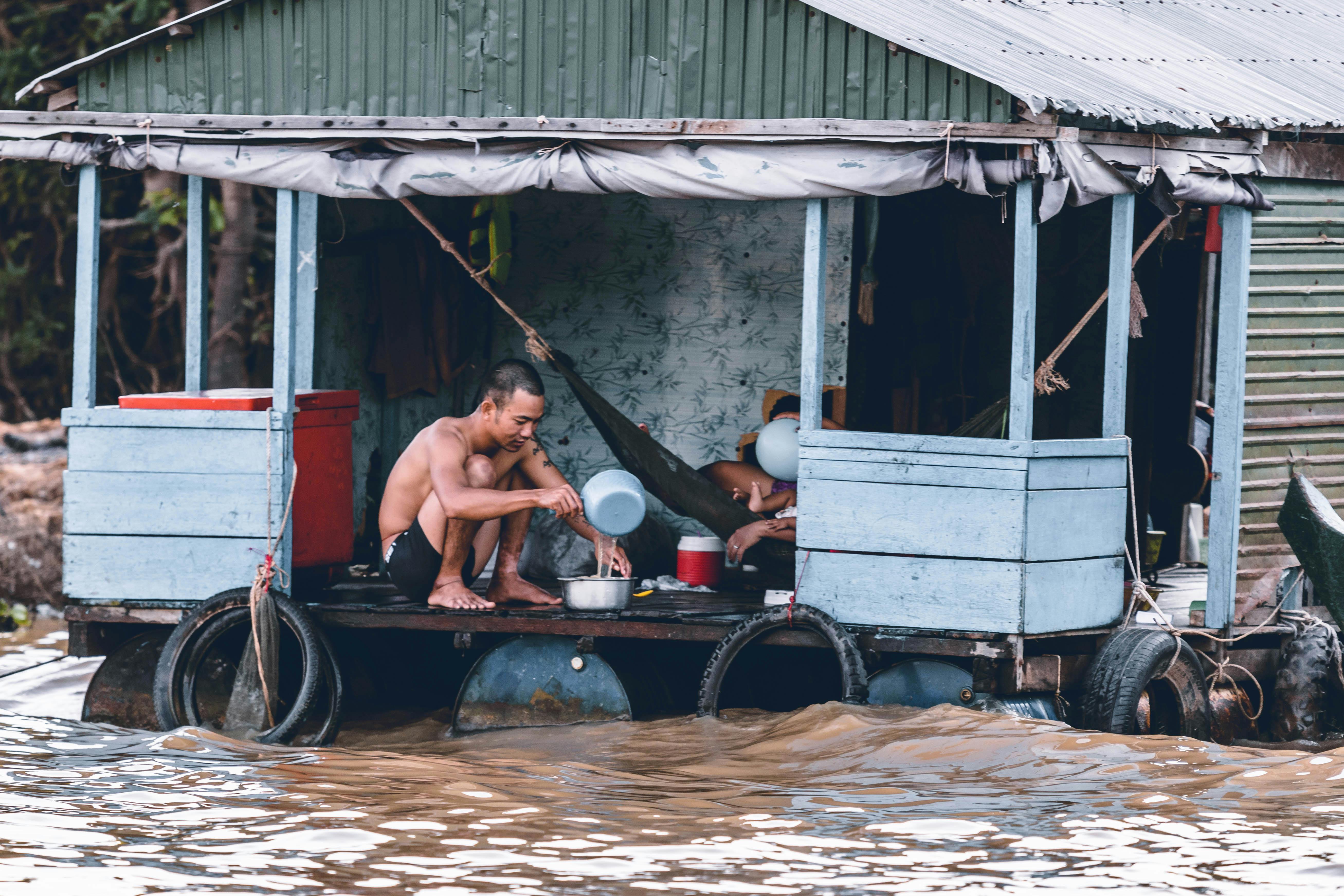Development and Prioritization of Flood Vulnerability Indicators for Nabunturan, Davao de Oro
DOI:
https://doi.org/10.59120/drj.v16i2.373Keywords:
Analytical Hierarchy Process (AHP), Disaster Risk Reduction (DRR), Delphi Fuzzy Method (FDM), Flood Vulnerability Index (FVI), UNESCO-IHE Institute for Water EducationAbstract
Flooding remains one of the most prevalent and destructive natural hazards, threatening infrastructure, livelihoods, and communities worldwide. This study conducted a systematic assessment of flood vulnerability in Nabunturan, Davao de Oro, a municipality prone to recurrent flooding. Utilizing the UNESCO-IHE flood vulnerability indicators, the research examined the Social, Economic, Environmental, and Physical components of vulnerability. These indicators were categorized into three subdimensions—exposure, susceptibility, and resilience—and were evaluated using the Fuzzy Delphi Method (FDM) to achieve expert consensus, followed by the Analytical Hierarchy Process (AHP) to prioritize key factors influencing flood vulnerability. The study identified and prioritized 27 flood vulnerability indicators, with normalized weights (ranging from 0 to 1) derived from the Fuzzy Delphi Method (FDM) and Analytical Hierarchy Process (AHP), reflecting the relative importance of each factor. Higher-weighted indicators serve as the basis for prioritization of risk reduction actions and resilience-building efforts. The study revealed the indicators with the highest weights per component, arranged in exposure, susceptibility, and resilience, respectively. Social Component: Population in Flood-prone Areas (0.3114); Past Experience (0.4314); Shelters/Hospitals (0.2685). Economic Component: Land Use (0.5230); Quality of Infrastructure (0.6149); Amount of Investment (1.0). Environmental Component: Degraded Area (1.0); Rainfall (0.5091); Green Area (1.0). Physical Component: Topography (0.2958); Frequency of Occurrence (1.0); Dikes/Levees (1.0). The weighted indicators can support the computation of a Flood Vulnerability Index (FVI), informing Barangay Disaster Risk Reduction and Management Plans (BDRRMPs), enhancing the Climate and Disaster Risk Assessment (CDRA), and guiding targeted risk reduction and adaptation programs.
Downloads

Downloads
Published
Issue
Section
License
Copyright (c) 2025 Frincess Jade C. Cajano, Alex S. Olpenda

This work is licensed under a Creative Commons Attribution-NonCommercial 4.0 International License.
DRJ is an open-access journal and the article's license is CC-BY-NC. This license allows others to distribute, remix, tweak, and build on the author's work, as long as they give credit to the original work. Authors retain the copyright and grant the journal/publisher non-exclusive publishing rights with the work simultaneously licensed under a https://creativecommons.org/licenses/by-nc/4.0/.





